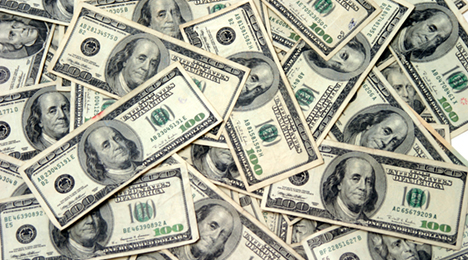Fitch: Subprime ABS annualized net losses to ‘stay elevated’

The latest auto ABS commentary from Fitch Ratings not only recapped analysts’ look at the December data but also delivered projections for what might happen in this space during the remainder of the year.
Looking deeper at subprime auto loan ABS, Fitch is forecasting that annualized net losses in this tier to “stay elevated” in the 10 percent to 12 percent range, but that the forecast remains “within our expectations for Fitch-rated transactions.”
Fitch reported subprime delinquencies reached 5.45 percent in December, up 16 percent year-over-year and eclipsing rates recorded earlier last year. The reading also was 41 basis points higher than during the recent recession.
Analysts pegged subprime annualized net losses at 10.41 percent in December; a figure stable on a sequential basis by 18.7 percent higher year-over-year.
Fitch explained its subprime indices climbed to near peak levels in 2016, but the two large subprime ABS issuers rated by the firm continue to have delinquencies and losses within the agency’s expectations.
“The smaller lenders along with recent new entrants are the major contributors to the declining trend in subprime performance in 2016,” analysts said.
Fitch went on to clarify that ongoing declines in subprime auto ABS performance are indicative of weaker underwriting in 2013 through 2015 vintage securitizations, driven by heated competition and growth of less-established finance companies.
The firm also acknowledged subprime losses have risen during the past year despite low unemployment and healthy used-vehicle values as measured by the Manheim Used Vehicle Index. The unemployment rate in December was 4.7 percent and the index stood at 124.7, both at “strong” levels, according to analysts.
The firm mentioned subprime delinquencies on the Fitch-rated AmeriCredit and Santander Consumer USA ABS shelves slowly moved higher in 2016, with year-over-year increases of 10 percent to 15 percent but were largely consistent with rates recorded in the past five years.
Analysts said these two platforms accounted for 70 percent to 85 percent of the subprime index from 2010 through 2014, but have since declined to approximately 50 percent.
“Hence, the smaller and many new subprime lenders (not rated by Fitch) comprise a greater percent of the index today and are recording higher delinquencies and losses driving the negative trend in the indices,” the firm said.
Fitch’s subprime index increased from $10.5 billion in mid-2010 to nearly $40 billion at the end of 2016, highlighting the growth of subprime auto financing and rise in vehicle sales. In early 2010, there were 12 active ABS shelves in the index compared to 21 today.
Fitch pointed out shelves including those sponsored by Exeter Finance, DriveTime, Flagship Credit Acceptance and Westlake Financial Services have all see significant growth in recent years.
Fitch's auto loan ABS indices totaled $98.5 billion of outstanding securitized collateral as of the close of 2016, of which 60.8 percent was prime and 39.2 percent subprime. Outstanding auto finance debt in the U.S. recently reached more than $1.1 trillion, according to the Federal Reserve of New York, and Fitch’s auto ABS indices account for nearly 10 percent of that total amount.

 View The Latest Edition
View The Latest Edition

